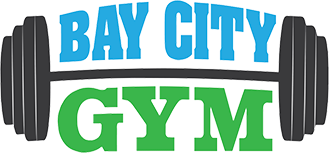Article by – Corey Waterreus, Personal Trainer
Lower back pain is a common issue in New Zealand, affecting a significant portion of the population. Studies suggest that around 70-80% of people will experience lower back pain at some point in their lives. It’s one of the leading causes of disability and missed workdays, making effective management crucial for many Kiwis.
Here are eight effective ways to relieve lower back pain:
- Regular Exercise: Engage in low-impact activities like walking, swimming, or cycling. Strengthening your core muscles can provide better support for your lower back.
- Stretching: Incorporate gentle stretches for your lower back, hips, and legs. Focus on stretches like the cat-cow, child’s pose, and hamstring stretches to increase flexibility. Bay City Gym has Body Balance classes that has yoga based stretching as well as Pilates that strengthens the core.
- Heat and Cold Therapy: Apply a heat pack to relax muscles and increase circulation, or use a cold pack to reduce inflammation and numb pain. Alternate between the two for maximum relief.
- Maintain Good Posture: Be mindful of your posture when sitting, standing, or lifting. Use ergonomic furniture and support your back with a cushion if sitting for long periods. Book in a postural assessment with one of our trainers to help give you an understanding of your postural deviations.
- Pain Relief Medication: Over-the-counter medications like ibuprofen or acetaminophen can help reduce pain and inflammation. Always follow the recommended dosages and consult a healthcare provider if needed.
- Physical Therapy: A physical therapist can design a personalized exercise program to strengthen your back and improve flexibility, as well as teach proper body mechanics.
- Mindfulness and Relaxation: Techniques like yoga, meditation, and deep breathing can help manage stress and tension, which may contribute to pain. Additionally, consider using a sauna or getting a massage to further relax your muscles and relieve tension.
- Sleep Position: Pay attention to your sleeping position. Try sleeping on your side with a pillow between your knees or on your back with a pillow under your knees for added support.
If pain persists or worsens, it’s important to consult a healthcare professional for further evaluation and tailored advice.


